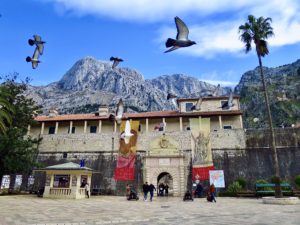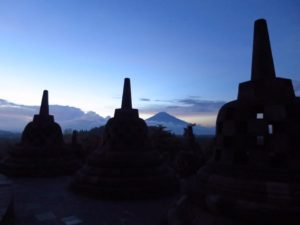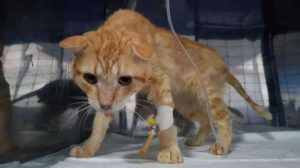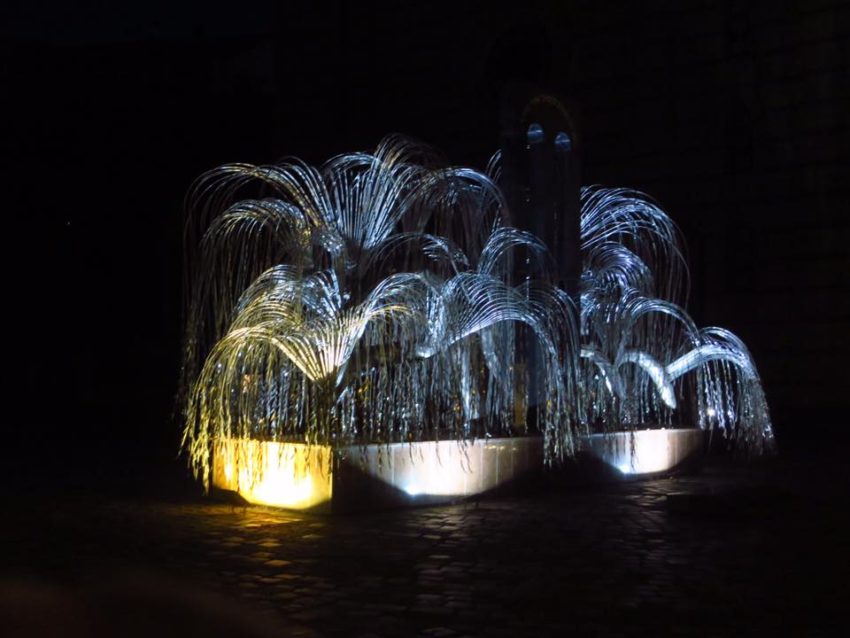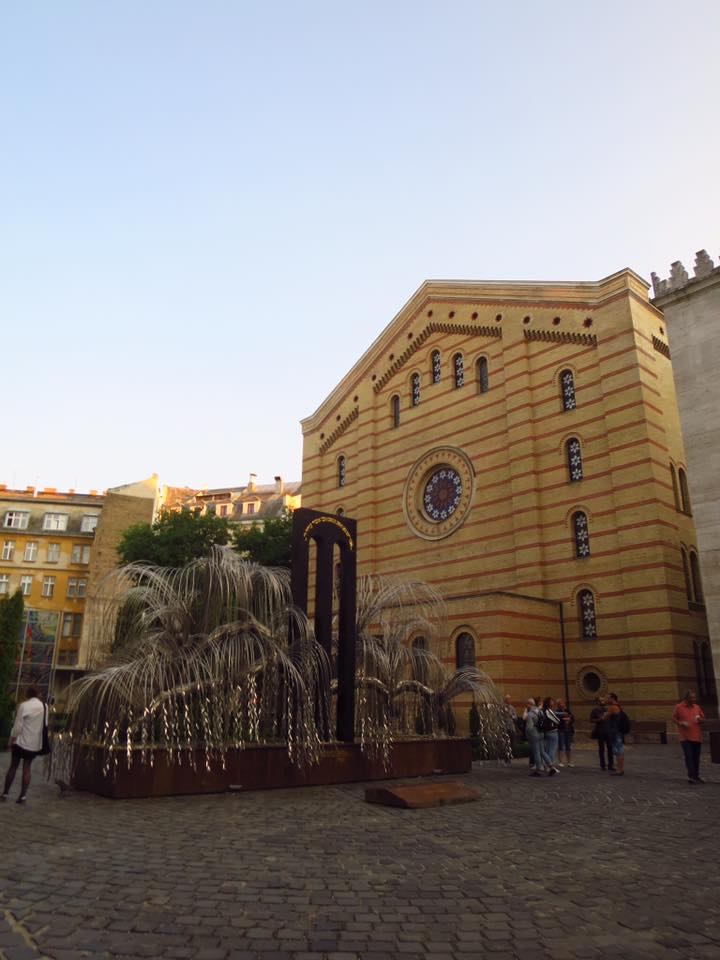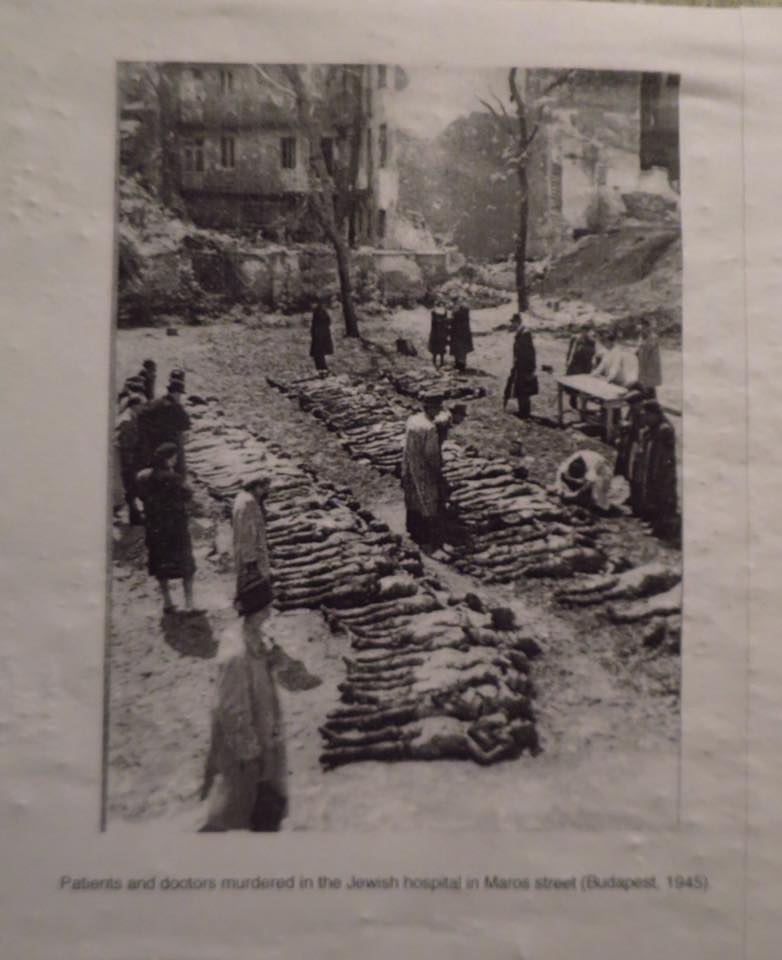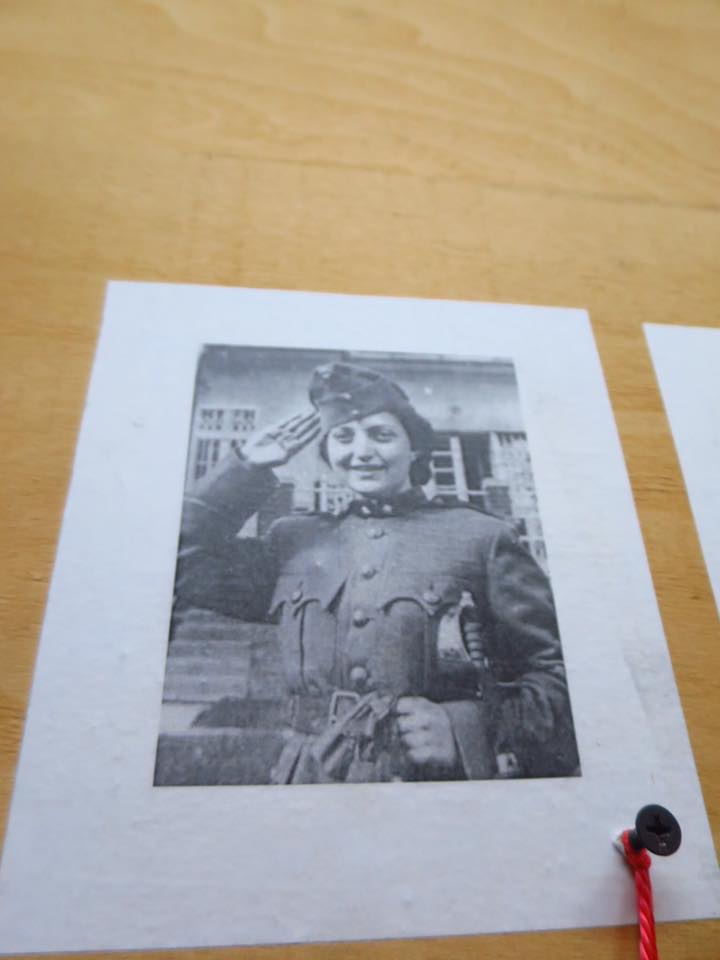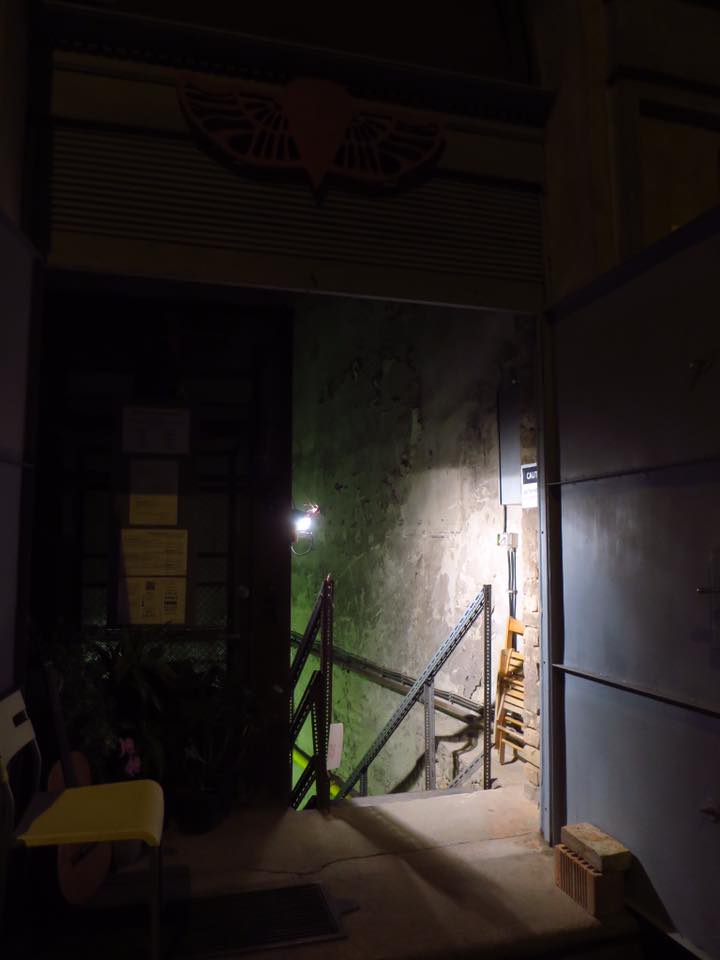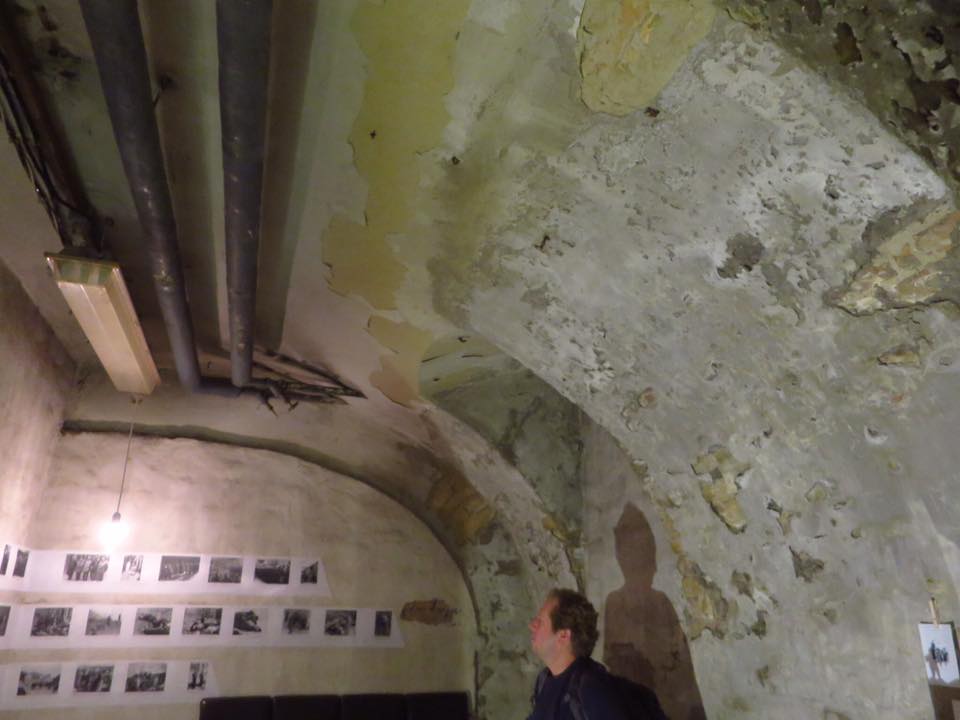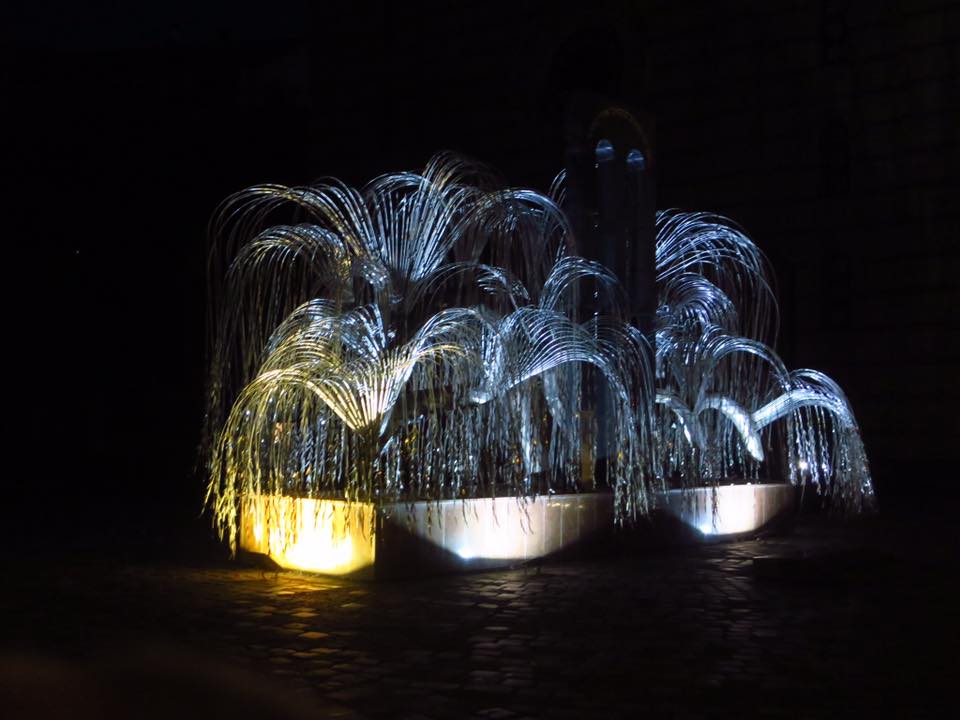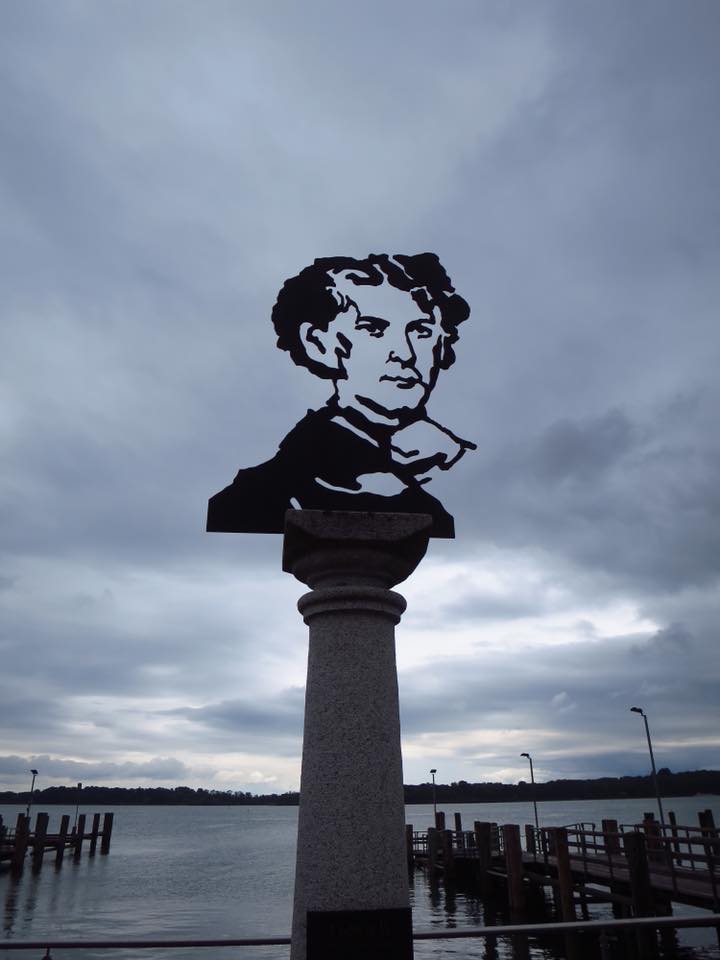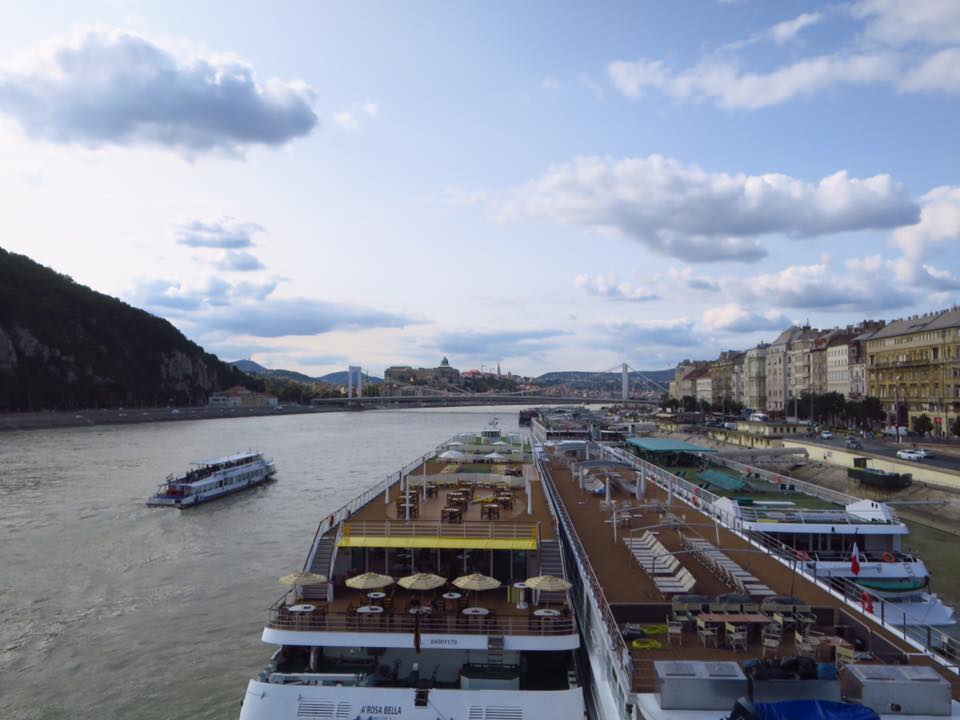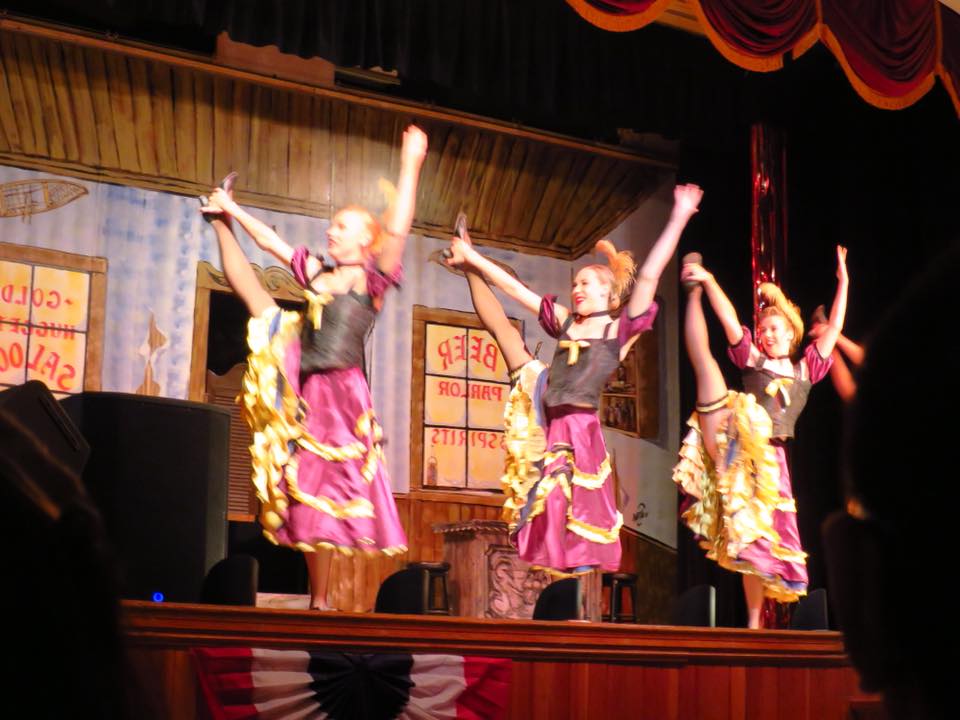Warning: Graphic content.
A Triple Celebration
Yesterday (August 20th, 2017) Hungarians celebrated their patron saint and first king, St. Stephen (King Stephen I); the founding of Hungary; and Day of the New Bread (end of the harvest season). We read that an hour-long fireworks show would start at 9 p.m., and launched from Buda Castle which is kind of close to where we are staying, but still across the Danube river.
Our plan was:
- St. Stephen’s Basilica
- Shoes on the Danube Bank (Holocaust Memorial)
- Parliament Building
- Dinner in the Jewish Quarter
- Walk to the river to see fireworks
St. Stephen’s Basilica was sealed off for a special mass. Shoes on the Danube Bank was fenced off for the fireworks show. While taking pictures of the Parliament Building, a very disheveled guy said, “Miss, can you give me some….” Shaking my head, I said, “Sorry, I don’t have any….”. He stepped closer, and with piercing eyes, “I SAY GIVE ME….” Scared the crap out of me. I went and stood behind Kenric, and then the guy left.
Dinner was good. An older gentleman was playing the piano. Instead of giving the server 15,000 Forint, Kenric gave him 10,500. Oops. Feeling really bad, he put in an additional 500 on top of the service charge.
Guided by The Tree of Life
I was feeling rather unaccomplished when we left, for not having learned or experienced anything profound the entire day. Then, I remembered reading about the Tree of Life which is a Holocaust Memorial in the form of a weeping willow. On its aluminum leaves are names of Hungarian Jews massacred during WWII.
Turns out, it was just around the corner. The “Emanuel Tree” is behind The Dohány Street Synagogue, the largest synagogue in Europe. Kenric thought it was closed, but I told him there’s a sign that says the entrance is just a few meters away. We bought tickets that included a 45-minute tour. Kenric asked me if the ticket covers the visit to the synagogue. I said I think so.
Pictures on the wall showed bodies of Hungarian Jews lining the streets not far from where we were standing. Initially, Hungary aligned itself with Germany because it thought the Jews were too successful, and Germany would support its anti-Jewish laws. They include stripping Jews of voting rights, banning their employment in the government and many other professions, limiting their entry to universities, etc. In 1941, about 20,000 Hungarian Jews were deported, aka handed to the Nazis. Most were killed.
Three out of Four
In 1944, the Nazis actually invaded Hungary and put their puppet, Döme Sztójay, in power. He legalized the Arrow Cross Party which had been the Hungarian Nazi Party for years. Adolf Eichmann was sent here to oversee the extermination of Jews. He worked with the Arrow Cross Party to rapidly deport and massacre Jews. On average, 12,000 Hungarian Jews were sent to Auschwitz-Berkinau death camp in cattle cars daily, totaling more than 430,000 in just weeks. Most were gassed upon arrival. About 600,000 of Hungary’s Jews either died of starvation or disease, or were killed by the Nazis. That’s three out of four.
One of the exhibits was about Hannah Szenes, a Hungarian born Jew who migrated to The British Mandate of Palestine. During the war, she enlisted with the British Army, and was a paratrooper. She was captured with a British military transmitter. Although brutally tortured, she never gave up the code for using the transmitter. In the end, she was killed by a firing squad.
Kenric read a note on the wall that said after the purchase of this building, the current owner discovered that this basement was used as a German bunker where the Nazis operated. I said, “That’s weird that they would use a synagogue for their operation.”
Not the Beautiful Synagogue We Were Expecting
“This is a completely separate building from the synagogue. This is the Shoah Cellar, the Holocaust Cellar, and it was used by the Nazis when they were here.” A chill went down my spine.
The tour started; just the two of us. The guide was actually the curator of the museum, Mr. Adver Friedman. Going through the pictures on the wall, he got emotional at times. Then, he told us that we will see Eichmann’s office when he worked here, and that we would also see Hannah Szenes’ prison cell.
Expecting only to see a beautiful synagogue and the Tree of Life up close, I was overwhelmed especially by how small the cell is. The tour also included a stained glass show of the Twelve Tribes of Israel. We chatted with Mr. Friedman, a lawyer by profession, who opened the Shoah Cellar just two months ago. He said just two days prior, a visitor identified his sister in a picture on the wall of women being marched to the death camp. After the tour he thanked us for visiting, shook Kenric’s hand, and discreetly avoided my outstretched hand.
Back up on the street, the sign I had seen earlier about the entrance was actually for Blue Rose Restaurant, not for the synagogue, and certainly not for the Shoah Cellar. It was rather spooky that I just suddenly remembered the Tree of Life, but somehow ended up in the Holocaust Cellar-Nazi bunker without even knowing. I snapped another picture of the Tree.
Fireworks Finale
We stopped at a Thai restaurant mainly because we wanted to use their “toalett”. We ordered Thai Ice Tea and beer. At 9:00 we started hearing the fireworks, but decided we wouldn’t rush because the show is an hour long anyway. When we got there, we realized the fireworks were actually launched from the Chain Bridge near the Parliament Building, where we were earlier in the afternoon. After only about ten minutes, at 9:25, the show was over!
Every planned activity for the day was mired with unpleasantness. The one place we were nudged towards, by whom, I don’t know, turned out to be way more profound than I expected.
The museum we visited, the Shoah Cellar, no longer exists. While our visit and experience was emotional and educational, the location was a fraud.
